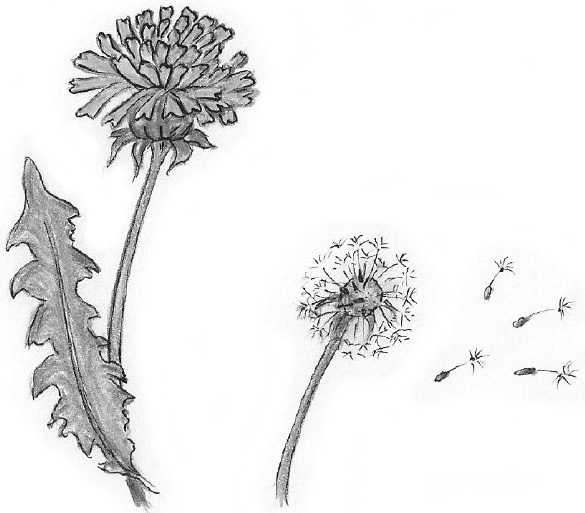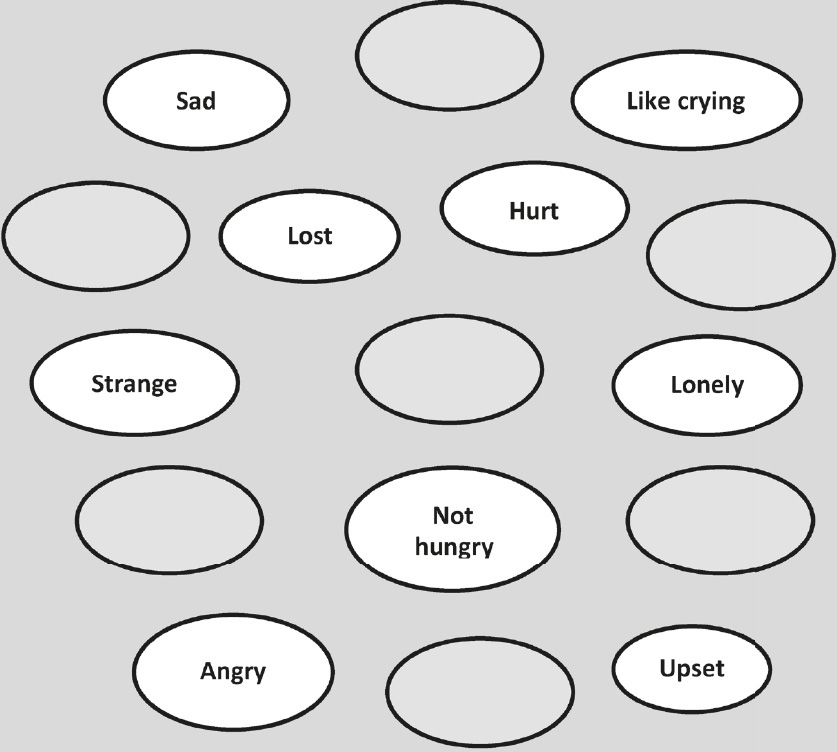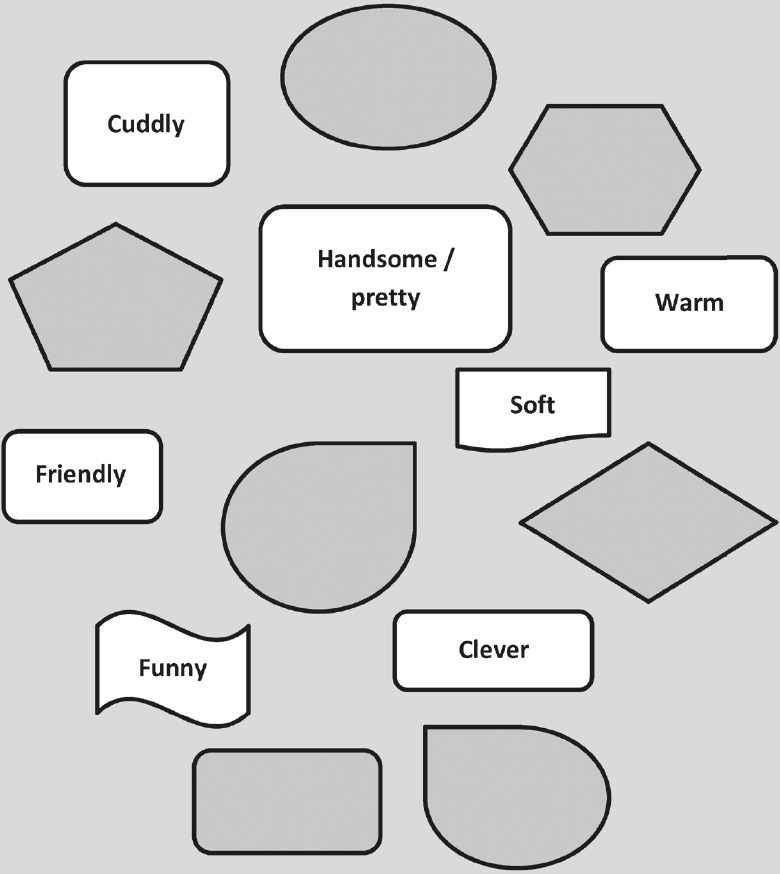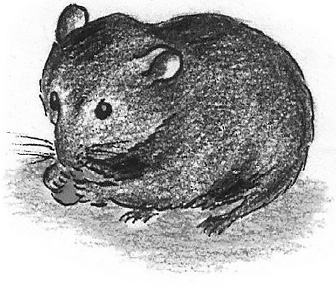20
Children and Pet Bereavement
If a pet is coming to the end of their life or has already died, one of the difficulties a parent or carer may face is how to talk about the cycle of life and death to the children. Generally, it is best to keep things as simple and clear as possible when talking about death and dying—to use the words “dying” or “died”, rather than trying to describe death in other ways that may cause confusion. “Euthanasia” is mostly referred to as being “put to sleep”, but this can cause some young children to feel anxious about going to sleep themselves.
Children may ask all kinds of questions, such as “Why does my pet have to die?” which, of course, is difficult to answer; however, natural analogy can be helpful. For example:
We all live on a planet called Earth, and there are lots of planets and stars that you can see when you look up at the night sky. Earth is a beautiful big blue ball that whizzes around the Sun. Look around and you can see that there are lots of things living here—flowers, trees, birds, animals, fish, people, and insects.
Many different things appear, grow, and live—some, like elephants and whales, for many years, and some like flowers, tiny insects, and butterflies, only for a short time. When they come to the end of their life, they die. You can see this happen with plants and flowers in a garden or park; they go back to the earth. Have you seen the dandelions as they die back? They leave lots of seeds that float through the air so that more flowers can grow another season.
Why do things die? If nothing ever died on Planet Earth it would keep filling up and filling up, and then there would be no more space left for new lives to appear. Pets die, too. Of course, it is very sad when much-loved pets die because we miss them. But while they were alive, you cared for them with kindness and gave them lots of love, which helped them to be happy.

While you don’t need to give your child upsetting details about a pet’s illness or the nature of their death, being honest and straightforward is considered to be the best way forward. Telling the truth engenders trust and avoids unnecessary difficulties and misunderstandings later on. It is obviously very difficult to tell a child that their much-loved pet will soon die, but it can help to explain that you don’t want the pet to suffer. Similarly, if the pet has already died, it can be a comfort to know that they weren’t allowed to be in pain for any length of time.
You may feel that the children, especially teenagers, should be involved in the important decision about the need for euthanasia and the timing of it, but this obviously depends on their age and maturity, and how you think they would cope. Alternatively, it may work better to make the decision and to then gently explain to the children what is going to happen, when, and why.
Saying goodbye is difficult for the whole family. If possible, offer each child a little private time to say their goodbye and to tell the pet how much they loved them. If the animal has died unexpectedly and you are worried about the children seeing any injuries or wounds, carefully cover the body leaving a part that’s intact for them to see and touch if they wish.
Ceremonies and memorials are a good way for the family to gather together to say a final goodbye to a much-loved pet, whether they are being buried in the garden or otherwise. Children sometimes want to create a special place in the garden by arranging stones and bits and pieces to mark the grave or memorial site.
Some children like to put together a memory box of mementos and write poems or letters to the pet they are grieving over.
Below are some simple activities to help young children to express what they are feeling. They’ll need a pen, coloured pencils, and paper.
ACTIVITY: Activities for Children
Draw some shapes, and write in words to say how you feel, like the ones below. You can colour them in as well.
How I Feel

You can write a little story or poem about your pet, and say what he or she was like. Were they cuddly and soft to hold? What sort of sounds did they make? Did they make you giggle sometimes because they were funny?
You can draw more shapes and write in your own words to describe your pet, like the ones here.

You will always have these happy things to remember about your pet.
Do you want to write your most favourite memory on a piece of paper? You can decorate it with lots of colours and shapes, and when it is finished you can keep it in a special place.
Children do not necessarily show their grief in the same way as adults, and sometimes they start to grieve some weeks after the loss, in which case you may not automatically make the association with pet bereavement. Whilst a child gives the impression that they are perfectly okay and not too upset around the time of the transition, it is important to be aware that it’s possible that their grief hasn’t yet found its way to the surface.
Besides crying or possibly becoming withdrawn, they may suffer nightmares, have stomachache or headaches, or be off their food. There may be problems at school, such as behaving differently in class, or their standard of work dropping. Sometimes it is worth mentioning to the class teacher what has happened so that they can be aware.
Reassure the child that it is okay to feel sad, upset, or however they may feel. Let them know that you recognize what a special relationship they had with the pet, and how they personally contributed to helping to make their life a happy one. You can give examples to back this up, such as, “You remember how you always gave Bunny a little treat and a cuddle each evening? He used to love that and would look forward to seeing you.”
Whilst you may feel that you don’t want to show that you yourself are upset in front of the children, grieving as a family encourages an openness and freedom to express what you’re all going through together. After all, if the pet was considered a much-loved member of the family, the sense of loss will be significant, and each of you will need to work through the grief. It is always good to talk, not only about how you each feel but also to remember your pet’s many special qualities and the happy times you all shared.
To conclude this chapter, here is a lovely poem written by Lauren Jepson, who was aged ten when her beautiful black hamster, Lance, died back in 2002.

Do Not Sit and Cry – You’ll Only Ask Why
Do not sit and cry,
You’ll only ask why.
Don’t weep,
It’s only my shell in deep, dark sleep.
I know you wish I were alive,
You want me to run and thrive.
Try to live normal, night and day,
It’ll make us both happy in a way.
So do not sit and cry,
You’ll only ask why.